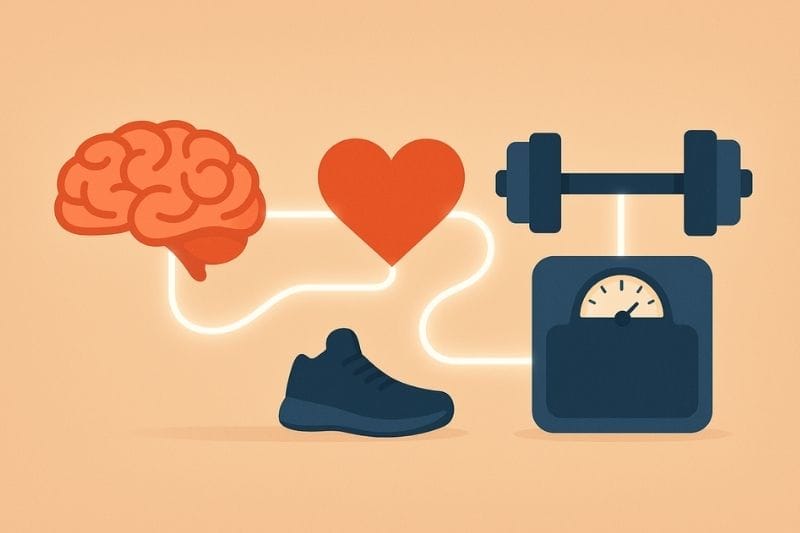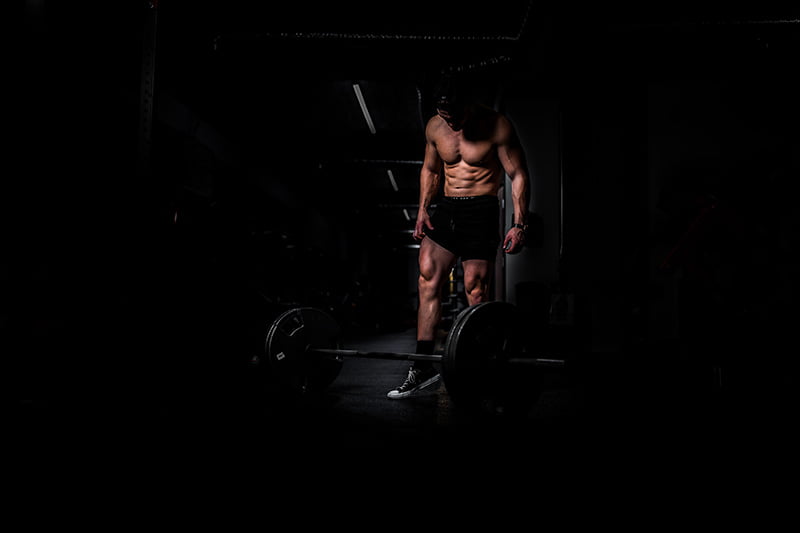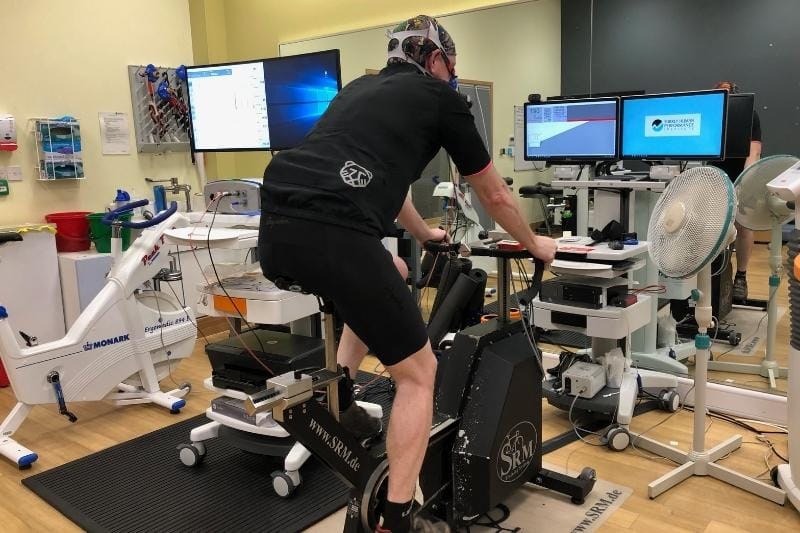You’ve spent good money on a professional bike fit, expecting to finally ride pain-free. Your saddle’s in the right spot, your handlebars are dialled in, and your cleats are perfectly positioned. But the aches and niggles are still there. Why?
The truth is, a bike fit can only do so much. If your body isn’t strong or mobile enough to hold the position your fit puts you in, you’ll still end up uncomfortable. This blog explores why strength and mobility matter just as much as your bike setup – and how to fix the imbalances that may be holding you back.
1. Why Strength and Mobility Matter on the Bike
Cycling demands a significant amount of both strength and flexibility. When your muscles are weak or tight, they can’t support you on the bike which can show up in a number of areas:
- Lower back pain: Even with the right saddle position, weak core muscles can lead to poor posture on the bike, causing your lower back to overcompensate.
- Knee pain: If your glutes or quads are underdeveloped or imbalanced, you might experience knee strain, especially during hill climbs or long rides.
- Neck and shoulder discomfort: Tightness in your upper body, particularly in the shoulders and neck, can result in discomfort when you’re in a more aggressive riding position, like a low aero position.
2. Common Muscle Weaknesses and Imbalances
Certain muscle groups are prone to weakness or imbalances, particularly in cyclists who spend long hours on the bike. Some key areas to focus on include:
- Core: A weak core can cause you to slump or collapse in the saddle, placing undue pressure on your lower back and neck.
- Glutes: Glute strength is essential for power generation and knee stability. If your glutes are under-active, your quads or lower back may overcompensate, leading to muscle imbalances.
- Hip flexors: Sitting for extended periods on a bike (or at work) can lead to tight hip flexors, which may hinder your ability to pedal efficiently and maintain good posture.
3. Mobility Issues to Address
Mobility plays an equally important role in a pain-free ride. Limited flexibility in key areas can prevent you from maintaining the optimal position set by your bike fit. Common mobility issues include:
- Hamstring tightness: Tight hamstrings can pull on your pelvis, affecting your posture and potentially causing lower back pain.
- Hip mobility: Limited hip mobility may prevent you from achieving a comfortable, efficient pedal stroke.
- Shoulder and neck stiffness: Reduced mobility in these areas can make it difficult to hold a proper riding position, especially over long distances.
4. How to Improve Strength and Mobility for Cycling
If you want to ride pain-free, incorporating strength and mobility for cycling into your weekly cycling training routine is key.
Strength Training Tips:
- Core Work: Exercises like planks, Russian twists, and bird dogs can build the core strength needed to stabilise your body during long rides. Remember though you don’t have to do just core exercises to get a stronger core. A barbell back squat will also engage and strengthen your core for example.
- Glute Activation: Incorporate exercises like bridges, squats, and lunges to strengthen your glutes. Ensuring your glutes are firing properly will help distribute the workload during your pedal stroke.
- Leg Strength: Focus on exercises like deadlifts and step-ups to improve overall leg power and balance between your quads, hamstrings, and calves.
Mobility Training Tips:
- Stretching: Dynamic stretches before your ride, and static stretches after, can help improve flexibility in key areas like your hamstrings and hip flexors.
- Foam Rolling: Foam rolling your legs and back can release tension and improve mobility, particularly in your quads, calves, and lower back.
- Yoga: Regular yoga sessions can enhance both flexibility and balance, reducing stiffness in areas like your shoulders, neck, and hips.
5. Seek Professional Guidance
If you’re not sure where to start, chat to a strength and sports nutrition coach like me 😉 !!
A proper bike fit is essential for comfort and performance, but it’s not always a magic bullet. If you’re still experiencing pain or discomfort despite a professional fit, it’s worth examining your strength and mobility.
I can help you…
I am a Fitness, Strength and Nutrition Coach for sports events and athletes – helping people like you to get fitter, stronger and faster:




